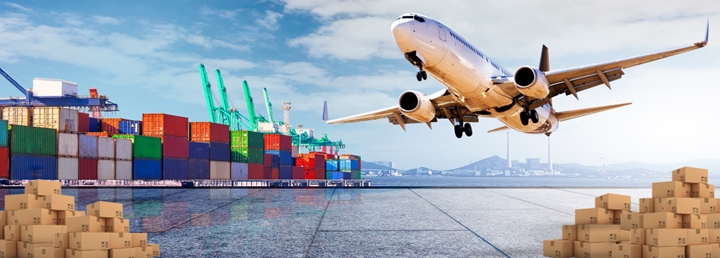No precipitous plunge in container shipping rates, just ‘orderly’ decline.
Spot rates are at least temporarily plateauing because U.S. import demand remains above pre-COVID levels, some U.S. ports remain extremely congested, and ocean carriers are “blanking” or “voiding” (i.e., canceling) sailings, both because their ships are stuck in port queues and because they’re matching vessel supply with cargo demand to avert the fate of Greek tanker owners.
Void sailings are still the go-to options for carriers at this point to try and stymie the fall in rates. Congestion is still the buzzword for East Coast ports, with Savannah currently feeling the full force of loaded imports and associated delays.
French container line giant CMA CGM SA is seeing an across-the-board drop in shipping rates and a loosening of logistics bottlenecks in some regions as demand softens. The decrease is expected to continue.
The observations are in line with those of the World Trade Organization, which said this week merchandise trade flows slowed last quarter and will likely stay weak in the second half. This could see the winding down of a frothy period for container carriers after two years of high rates and capacity shortages stemming from pent-up demand from consumers during the pandemic.
The air cargo market remains flat as the industry heads towards the traditional peak season.
Forwarders have also reported a switch back to sea freight from airfreight as container shipping supply chain snarl-ups have eased and prices have come down. Airfreight conversions back to ocean freight have continued with more shippers seeking lower supply chain costs by tolerating the longer duration of ocean freight transit.
During the peak of the pandemic, the air freight industry picked up ocean volumes due to the higher prices and disruption in ocean shipping.
This disruption is easing due to easing demand in ocean. The cost differential between the two modes is also edging back up.
Reference:
The floating traffic jams off ports. The multiplying costs of moving freight. The resulting shortages of goods. All of this had seemed like an unpleasant memory confined to the COVID-19 pandemic. But no such luck!
An ocean container capacity crunch has hit global trade just as peak shipping season starts, with freight spot rates up some 30% over the past few weeks and heading higher.
The first joint Europe-wide assessment of the drivers and impact of chemical pollution by the European Environment Agency (EEA) and the European Chemicals Agency (ECHA) has concluded that, despite progress in some areas, “more work is still needed to reduce the impact of harmful substances on human health and the environment”. Key findings include:
The severe drought which has forced the Panama Canal, one of the world’s busiest trade passages, to limit daily crossings could impact global supply chains during a period of high demand.
In the early hours of March 26, the Singapore-flagged ship Dali, loaded with 5,000 containers, slammed into Baltimore’s Francis Scott Key Bridge, causing the 1.6-mile (2.5-kilometer) bridge to collapse in a matter of seconds. The Dali was departing for Colombo when the disaster struck. Initial fears were confirmed that half a dozen people lost their lives in the accident.
The pharmaceutical and biotechnology industries constantly seek innovative methods to enhance product stability, solubility, bioavailability and ease of use. Within this realm, CDMOs [Contract Development & Manufacturing Organizations] serve as invaluable partners in the development and production of high-quality drug products.
Chinese New Year 2024 is upon us, disrupting logistics from Asia starting Feb 10th. This event is expected to impact global shipping until Feb 21. Freight rates from Asia has skyrocketed with rates to the US surging by 3.5X and Europe by 6X.
Amid ongoing Red Sea diversions by shipping giants like Maersk, CMA, logistics managers are globally confronting a dual challenge of escalating ocean and air freight prices alongside cargo disruptions due to
Why will CM be the next generation on quality?
